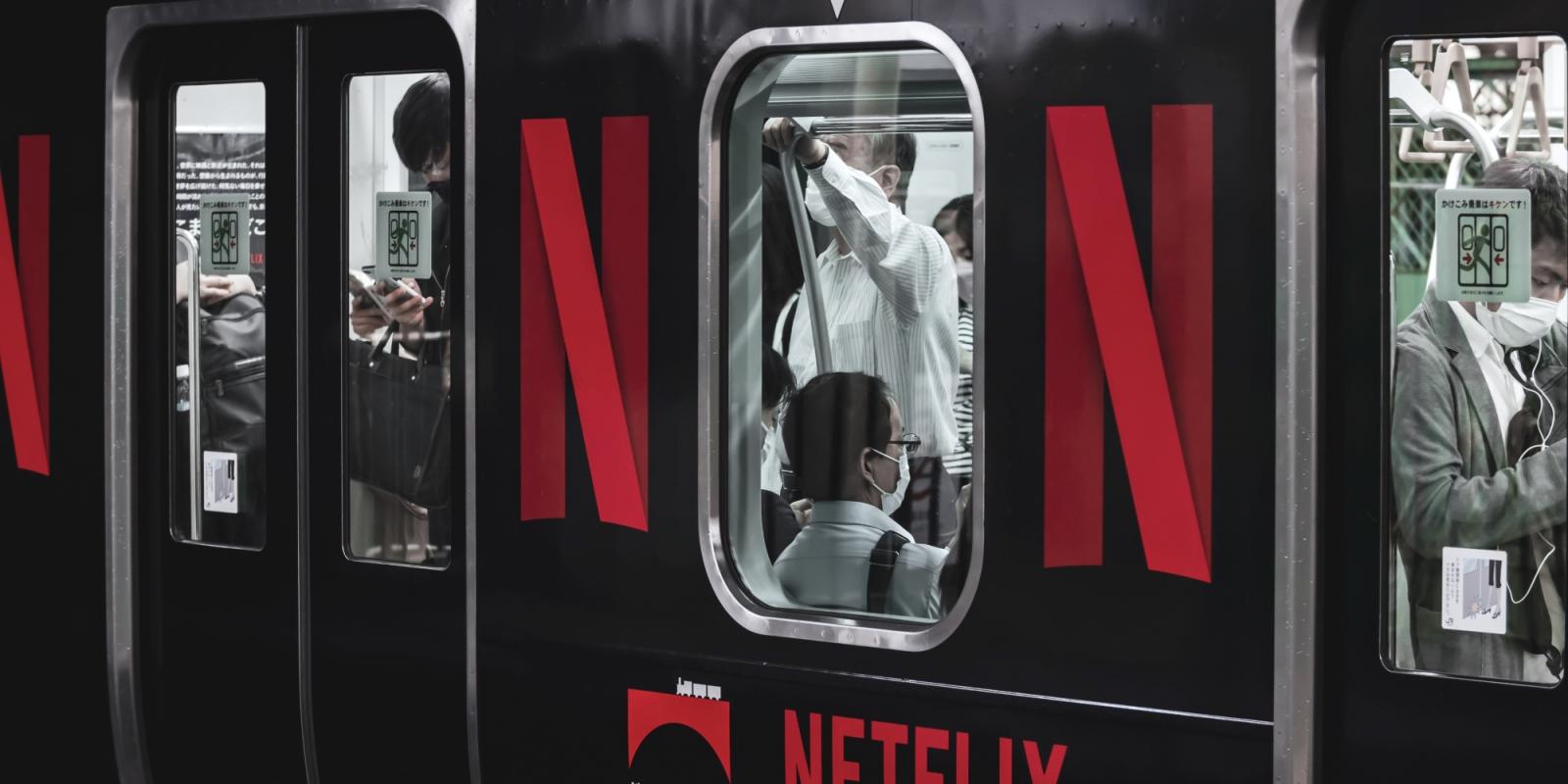When is the last time your family—kids and or grandkids included—watched a TV show together?
If your response is “What is ‘Jeopardy’?” you are likely not alone.
But that is a quiz show, on an old-fashioned channel, for a half hour while the younger generation may be hanging around long enough to enjoy a free meal. But what they, and perhaps you, mostly watch these days is more innovative and uncensored material “streamed” via outlets like Amazon Prime, MAX, HULU and Netflix. There is plenty for all to see, but let’s face it, the folks behind the shows may be mostly focusing on younger viewers; those who stay up later, have many years ahead, and don’t blush at every reference to sex, identity issues and constant profanity.
There are exceptions, some blessed with great success. Chuck Lorre, for example, has given us “Young Sheldon,” “The Big Bang Theory” and “Two and a Half Men,” but had the foresight to produce “The Kominsky Method,” for Netflix, which starring two Icons, Michael Douglas and the late Alan Arkin, clearly the perfect series for older adults.
But do most producers even covet older viewers—those who stereotypically may be perfectly content watching “Law and Order” all day long? A new limited series, from Taylor Sheridan, (the workaholic behind “Yellowstone” and its successors) may be an interesting test. “Lioness” is about a couple of the Boomers’ favorite topics (espionage and mental illness) and stars Zoe Saldana for the younger set, and Nicole Kidman for, shall we say, the older group.
Likewise, Stephen Soderbergh, admired by several generations, has a harrowing, if muddled new series about a botched kidnap scheme. It smartly deals with a teen attached to his tech, but also his elders, who are forced to make frightening decisions.
Co-author Mary Murphy is close to this issue, as a professor at USC Annenberg School for Communication and Journalism. Her students learn not only about the business they hope to enter, but as final projects, come up with ideas for new shows and movies that will appeal to all ages, like anything starring Zendaya, Jenna Ortega, Austin Beutner or Timothee Chalamet. Students also proposed channels concentrated on sports, women, and people older than age 65. Among her students, perennial binging favorites are “Friends,” “Buffy the Vampire Slayer,” “Felicity” and “Insecure.”
“The Golden Girls” appears to be golden with all ages.
The streaming generations can almost be epitomized by two shows: “Euphoria,” which is wildly out there but clearly has a young and game fan base. The other end of the spectrum may or may not be viewing the sequel to “Sex and The City,” called “And Just Like That.” The original had caught a moment for young women, but this version is a tad cringe-worthy and has been accused of ageism. (Though at least the subject of motherhood is featured now.)
In sharp contrast, the theater world (which co-author Michele Willens covers) depends upon the “older generation” to keep the stages healthy. They can afford the high prices and have more of a history with live theater. That business, unfortunately, is hurting, due to post-pandemic hangover.
‘Television remains the big question mark: whether there’s enough, or too much, to go around.’
The film business also has had a difficult few years, trying to get folks to pay for seats in an actual movie venue. Why not wait, they figure, a few months when the film will likely be—yes—streaming. As we speak, a leaping Tom Cruise, a brilliant and tormented nuclear physicist, and a sexy doll are doing what they can to help.
The music world is mourning the loss of Tony Bennett: a man who wisely knew that when he partnered with people like Lady Gaga, listeners were not only getting twice the talent, but a taste of the other end of the age spectrum, so to speak.
Television remains the big question mark: whether there’s enough, or too much, to go around. “I actually think cable, and now streamers, have ushered in a new level of intelligence in TV writing and a lot more diversity in what it can offer,” says Jeff Reno, who wrote and produced shows like “Moonlighting” and “The West Wing.”
“I think a lot of the highest quality shows are actually targeted toward more specific demographics: some of them have the freedom to be as smart as possible about a certain niche subject or demo group [and] without concern about alienating a broader audience. And that can obviously mean freedom from writing toward the lowest common denominator.”
Another long-time writer, Seth Freeman (“Lou Grant,” among other shows), points out the business side of the streaming world: something many viewers/buyers might not consider. “I would write/produce/run a show for a streaming service if the terms were right (mainly creative control and treating the entire staff fairly),” said Freeman.
“It is difficult to navigate and having to pay monthly for something you might use once a year. A customer should get what she or he pays for and should only pay for what she or he gets. Period.”
There is a misperception that older adults are not the target audience for streaming. But why else would Shonda Rhymes or Ryan Murphy, whose fan bases cut across generations, be given such huge streaming deals?
The truth is, the oldest of adults may be frightened—or invigorated—by the challenges of streaming: Can they remember what happened on the last episode? Do they feel time may literally be running out to commit to six seasons of “Better Call Saul”? Must they sneakily find those channels constantly playing the “The Dick Van Dyke Show,” “I Love Lucy” and the like? There is comfort there, and that’s no small thing.
Mary Murphy is a journalist and professor at USC Annenberg School for Communication and Journalism. Michele Willens does a weekly radio report called “Stage Right … Or Not.”
Photo credit: Shutterstock/KenSoftTH
Oct. 7 is Ageism Awareness Day, find out how to engage with ASA here: https://asaging.org/ageism-awareness.













